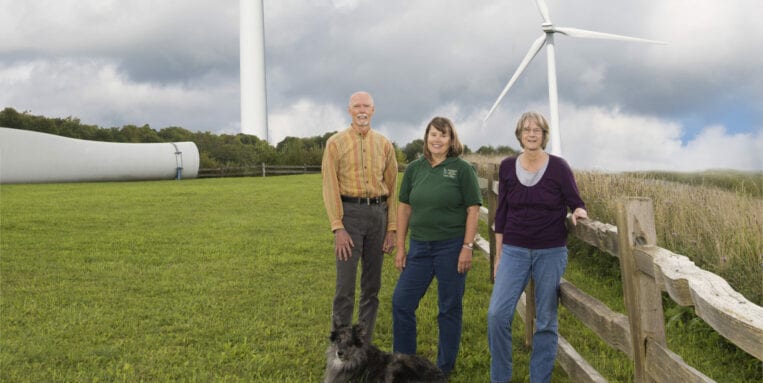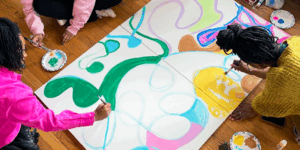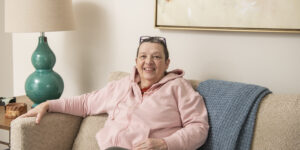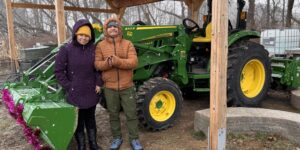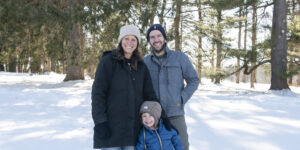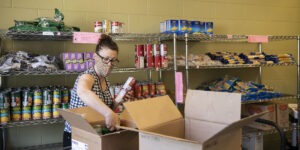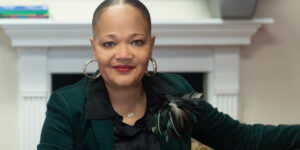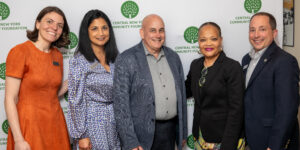Schoolchildren visiting the Fenner Renewable Energy Education Center (FREE Center) often explore the 2-acre site seeking answers to questions on a scavenger hunt list: How many varieties of willow plants grow here? What is the wind speed in Fenner? And what form of renewable energy uses heat from the ground?
As the busloads of students begin the search, they immediately see 218.5-foot wind turbines with three 111.5-feet blades spinning. They examine solar panels that power the FREE Center. They learn that there are three kinds of willow which can be converted into sustainable energy resources, the average wind speed is 17.7 mph, and heat from the ground creates geothermal energy.
“When young people visit the property, they really get it,” said Judy Cary, board president and volunteer educator at the FREE Center. “They’re interested and concerned about energy and the environment.”
About 5,000 people visit the FREE Center annually, including school, scout, civic, and church groups; college students; and government and industry representatives. They come to see renewable energy in action and learn how the 20 turbines create energy that powers about 10,000 homes. The breathtaking hilltop views don’t hurt, either.
The wind farm began operating in 2001 in Fenner, a small Madison County town with deep agricultural roots. People from near and far watched as the turbines went up; they parked atop surrounding hills and walked through fields to get a closer look.
“People were curious and would call the town to ask where to get a good view,” Cary said. “Right away there was a recognized need for education, so other residents and I began to brainstorm.”
In 2006, a local couple donated property for an educational center and from there the FREE Center was born. It now offers tours and programs about energy conservation, and renewable energy sources and production.
The Community Foundation provided the organization with a grant in 2014 to support the creation of a sustainability plan, and a grant in 2018 to support weatherization and renovations to its classroom and community space, allowing it to be used year-round. Upgrades to the structure resulted in a finished building that accommodates about 50 people.
People continue to check out the wind turbines from sunrise to sunset. “They first came because they were curious,” Cary said. “Now many people visit to learn about renewable energy. The environment keeps changing and we keep learning and changing too.”
